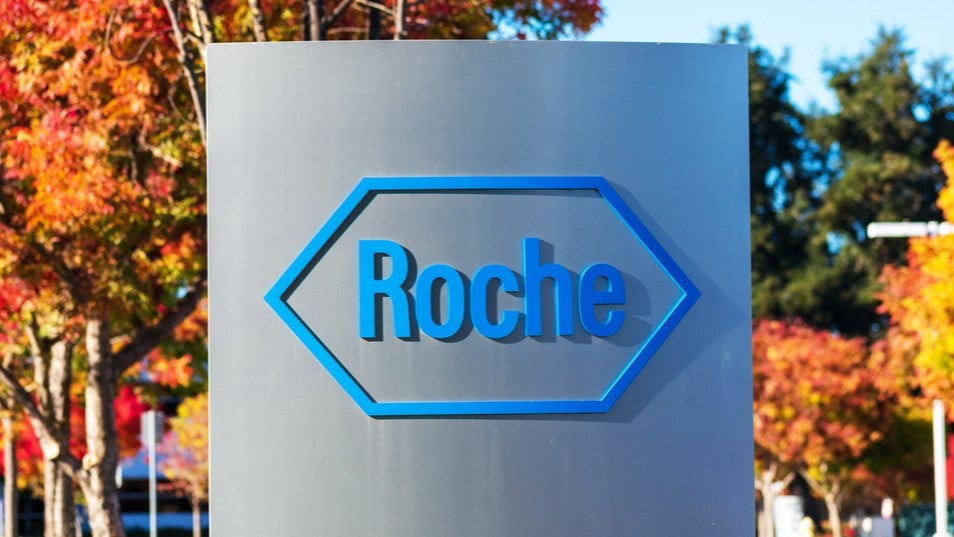
Salvia Bioelectronics, a Dutch neurostimulation company targeting chronic migraines, has raised €26m from new and existing investors in a Series A funding round led by Panakès Partners, INKEF Capital and SHS Gesellschaft für Beteiligungsmanagement.
BOM Capital, Thuja Capital and Dolby Ventures also contributed to the funding round. The total raised includes a €5m innovation loan from the Rijksdienst voor Ondernemend Nederland, part of the Dutch Ministry of Economic Affairs.
Salvia will use the money to develop a thin bielectronic foil, which is designed to be placed under the skin of the head during a minimally invasive surgical procedure, to treat chronic migraines. It is hoped the final product will be as easy as taking medication, while avoiding side effects.
INKEF Capital managing partner Roel Bulthuis said: “Salvia BioElectronics represents a very compelling and differentiated approach within the neurostimulation field. Based on its novel technology, Salvia BioElectronics is uniquely positioned to translate a proven therapy to marketable products for migraine sufferers.”
Neurostimulation has been already been established as an effective treatment in chronic migraine, but this would be the first implantable device to enter the market.
Migraines are a leading cause of disability worldwide
Of course, having foils implanted in one’s head sounds like quite a drastic measure to treat a migraine – but for those with recurrent migraine attacks, the effects can be disabling.
How well do you really know your competitors?
Access the most comprehensive Company Profiles on the market, powered by GlobalData. Save hours of research. Gain competitive edge.

Thank you!
Your download email will arrive shortly
Not ready to buy yet? Download a free sample
We are confident about the unique quality of our Company Profiles. However, we want you to make the most beneficial decision for your business, so we offer a free sample that you can download by submitting the below form
By GlobalDataMigraines are the leading cause of disability in under-50s, affecting one in seven people, predominantly women. People with migraines experience episodes of severe, throbbing, pulsating headaches, sometimes accompanied by nausea, vomiting and sensitivity to light, that can last anywhere from a few hours to several days. Over 5% of migraine patients experience symptoms for an average of 22 days per month.
The migraine market is set to be worth $5.1bn by 2024, growing at a compound annual growth rate (CAGR) of 3.7% from 2020. Drug treatments for the pain are expected to play a significant part in this growth, with a group of drugs known as calcitonin gene-related peptide (CGRP) inhibitors recently approved to prevent or reduce migraines. However, side effects of many migraine medications – including, ironically, medication overuse headache (MOH) – can be just as limiting as the headaches themselves for many patients, meaning a device like the one Salvia is developing could fill a crucial gap in the market.
Salvia has a huge base of prospective customers
Salvia’s implantable treatment would most likely be limited to that small group of patients experiencing migraines for the majority of the month, and not those who experience the pain less frequently. But recurrent migraines are ranked globally as the seventh most disabling disease of all, and are estimated to impact 33 million people in the US alone – a disheartening statistic for sure, but for Salvia it means a lot of potential customers should their technology come to fruition.
It’s safe to say that the company’s investors seem to have a lot of faith in the product. In conjunction with the financing, Panakès Partners founder and managing partner Diana Saraceni, INKEF Capital managing partner Roel Bulthuis and SHS Gesellschaft für Beteiligungsmanagement managing partner Sascha Alilovic will join Salvia’s board of directors.
Salvia BioElectronics CEO Hubert Martens said: “We are building a team of highly talented people that are passionate to develop a therapy that can change the lives of people suffering from chronic migraine. We are delighted to welcome our new investors, and I would like to thank our existing investors for their continued support. This strong syndicate of highly renowned medical technology investors validates our approach and the funding enables us to complete our therapy development towards market entry.”







